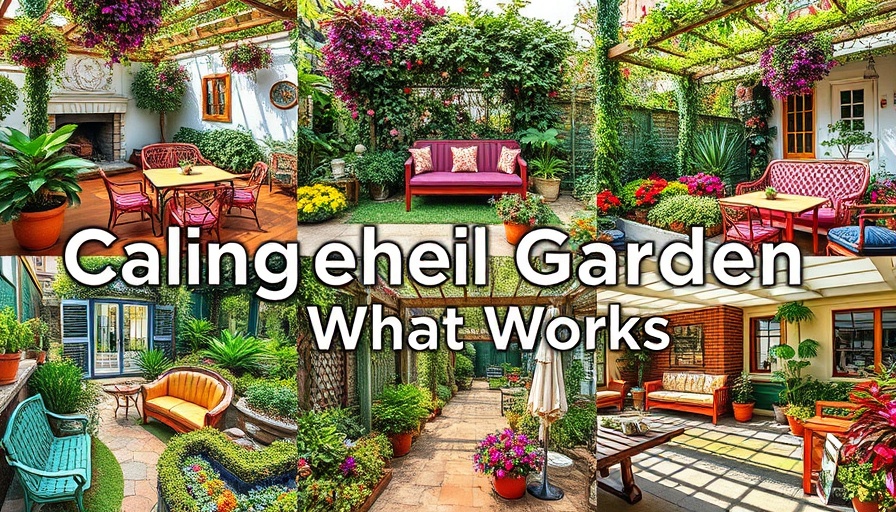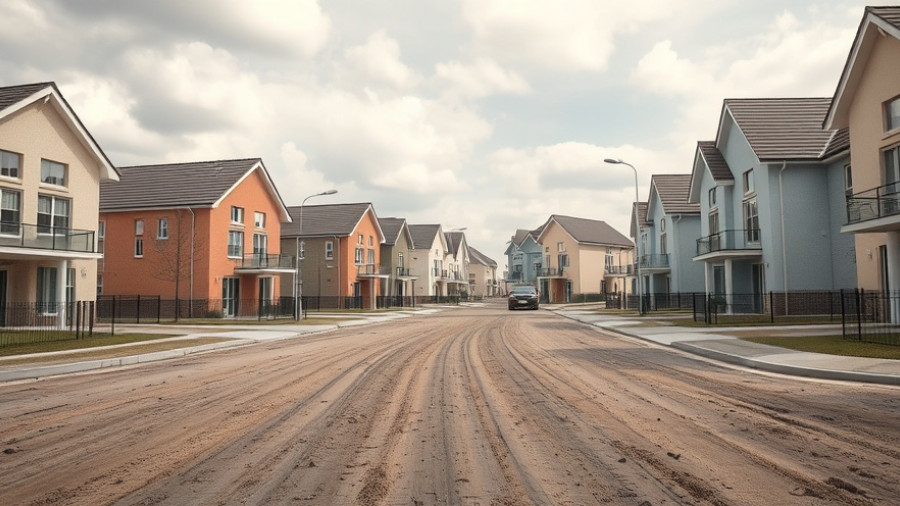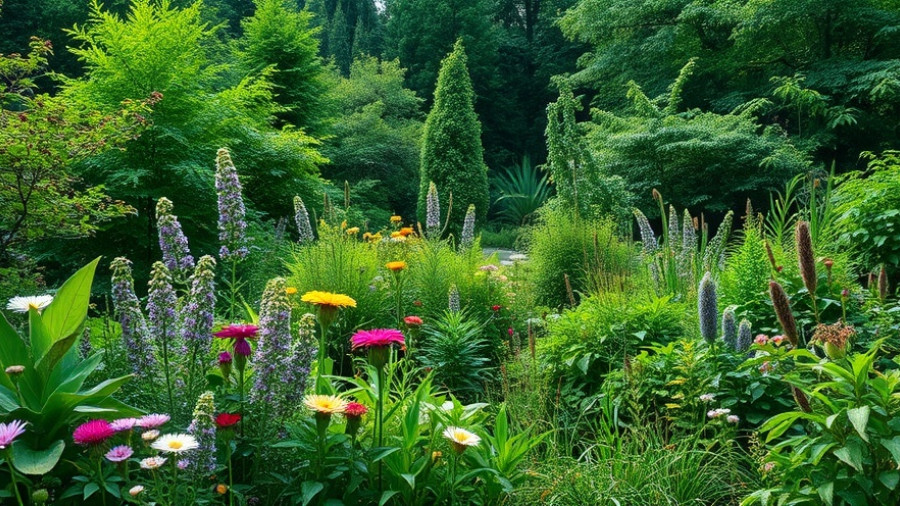
Transform Your Garden: Essential Steps You Need to Know
Are you feeling unfulfilled by the look of your garden? Whether you've just moved into a new home or have been neglecting your outdoor space for too long, it's time for a positive change. Understanding how to effectively transform your garden can turn an uninspired area into a stunning outdoor retreat. This guide will delve into proven strategies, insightful tips, and potential pitfalls, ensuring you maximize the beauty and functionality of your gardening projects.
Where to Begin: Evaluating Your Outdoor Space
Before making any changes, conduct a comprehensive assessment of your garden. Create a wish list that outlines your goals. Consider what function each area serves—are there spaces for children to play? Do you want to entertain? Think about what you desire to see when looking out your windows: vibrant blooms, aromatic herbs, or tranquil seating areas?
Next, step outside and walk through your garden. Identify natural paths you already take during visits. Notice which areas get ample sunlight and how the shadows shift throughout the day. These observations are critical as they will guide your plant choices and placement.
Revamping or Removing 'Dead Zones'
Many gardens have sections that feel abandoned or have functions that are unclear—these 'dead zones' can detract from the overall beauty. For instance, an awkwardly located shed might create a space that lacks purpose. Take an inventory of such areas and determine how they can be rejuvenated. This could mean transforming narrow passageways into charming walkways or repurposing unused corners with planters or seating.
Innovative Techniques for a Thriving Garden
As gardening evolves, innovative techniques can elevate your efforts. Consider vertical gardening, a method where plants grow upward instead of sprawling out. This is particularly useful for those with limited space, allowing you to cultivate more plants. Complementing this is container gardening, which offers flexibility and mobility to accommodate different plants and spaces.
For those seeking to boost soil health with minimal disturbance, no-dig gardening is a highly praised method. It preserves the organization's natural habitat within your soil while still allowing for vibrant plant growth. You can layer mulch and organic matter to create nutrient-rich beds without the strenuous digging!
Building a Functional Garden Layout
After collecting your observations and determining any areas for improvement, it’s time to consider layout and design. Collaborating with a garden designer can provide professional insight—ensuring your vision materializes beautifully. Measurements are paramount; inaccuracies can lead to unexpected dead zones. Consider utilizing both digital tools and traditional measuring methods to develop detailed plans.
Embracing Eco-Friendly Solutions
Many homeowners are increasingly aware of their garden's environmental impact. Techniques such as rain gardens—not only beautify your landscape but also manage stormwater runoff effectively. These gardens filter pollutants, help conserve water, and can be a sanctuary for wildlife.
Integrating native plants into your design while using sustainable gardening techniques will not only enhance aesthetics but also support local ecosystems. For example, companion planting allows certain plants to flourish together while naturally deterring pests.
Celebrate Your Gardening Success
Ultimately, the goal is to create a garden that reflects your personality and lifestyle while functioning beautifully. Monitor the performance of your plants and spaces regularly, adjusting as necessary for optimal growth and enjoyment.
Take Action on Your Garden Goals!
Armed with these insights, you are now ready to take actionable steps towards transforming your garden! Don't hesitate to experiment with different methods and designs to find what resonates with you. There’s a world of possibilities in gardening—let this journey enhance both your outdoor and indoor living spaces.
 Add Row
Add Row  Add
Add 




Write A Comment